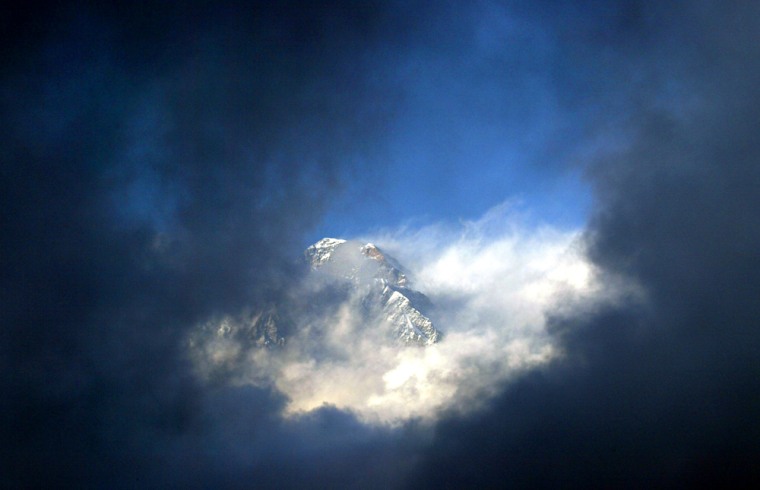Edmund Hillary, the first climber to conquer Mount Everest with his Sherpa guide, on Monday urged that the world’s highest mountain be placed on the United Nations’ list of endangered heritage sites because of the risks of climate change.
Himalayan lakes are swelling from the runoff of melting glaciers, environmental campaigners warned as the 29th session of the U.N. Environmental, Scientific and Cultural Organization’s World Heritage Committee got under way in Durban. Many could burst, threatening the lives of thousands of people and destroying Everest’s unique environment, they said.
“The warming of the environment of the Himalayas has increased noticeably over the last 50 years. This has caused several and severe floods from glacial lakes and much disruption to the environment and local people,” Hillary said in a statement. “Draining the lakes before they get to a dangerous condition is the only way to stop disasters.”
The New Zealander, who with Sherpa Tenzing Norgay first scaled the world’s highest peak on May 29, 1953, is one of a collection of climbers and others who have joined environmental groups in calling for the inclusion of Nepal’s Everest National Park on UNESCO’s World Heritage in Danger List.
Inclusion would commit UNESCO to assessing the risk to the park and developing corrective measures in conjunction with the government of Nepal.
Activists are also citing climate change as a reason to list coral reefs in Belize and glaciers in Peru. Many scientists tie warming to industrial and vehicle emissions of carbon dioxide and other so-called greenhouse gases.
UNESCO’s World Heritage Committee is responsible for implementing the 1972 U.N. Convention on the protection of cultural and natural sites around the world. Forty-two new sites will be proposed for inclusion on the body’s World Heritage List at the weeklong meeting in Durban. The list already protects 788 sites, of which 35 are designated as endangered.
